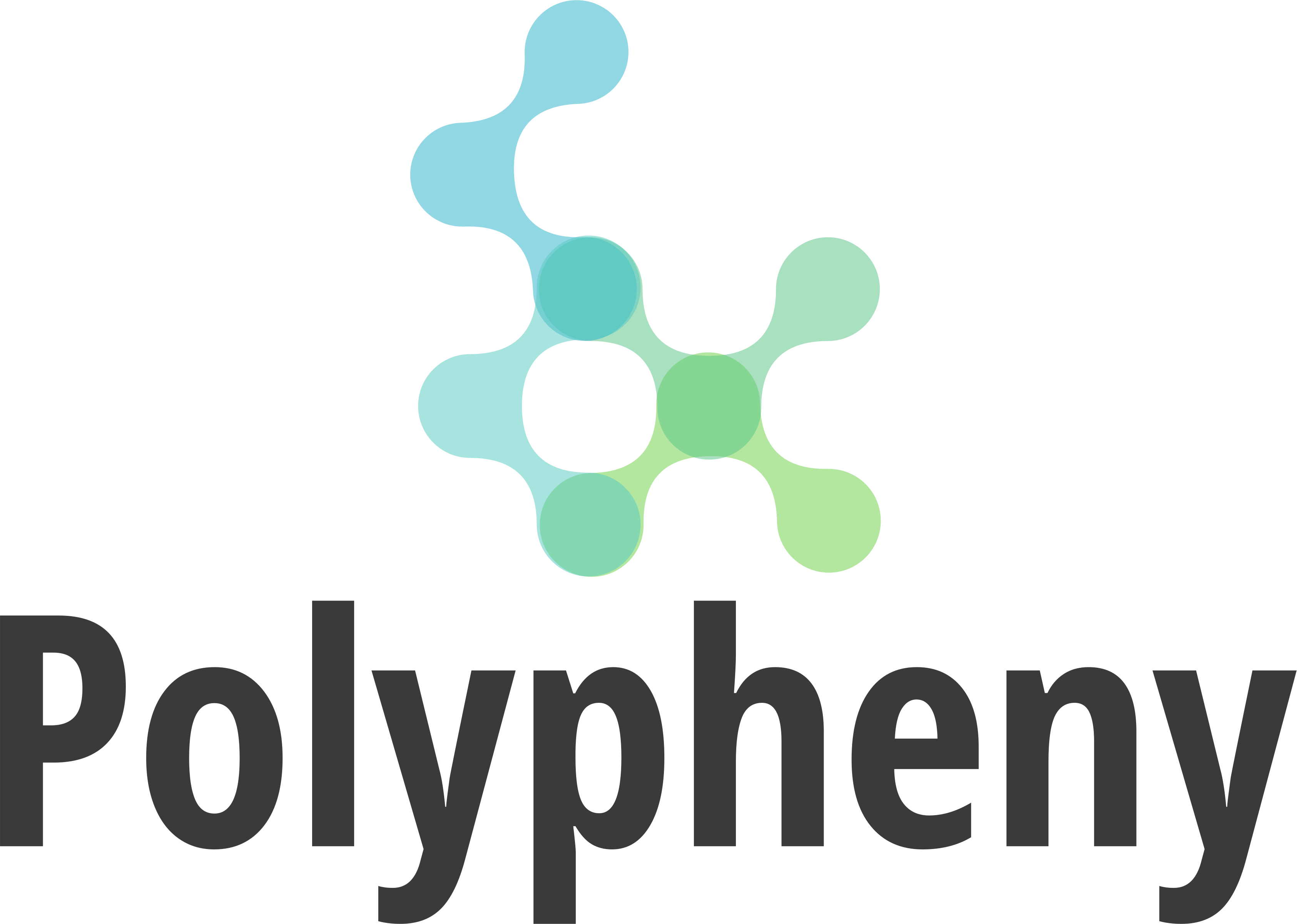Access Polypheny via IPython magics
Project description
Polypheny Extension for IPython
This IPython extension adds %poly magics for querying Polypheny using any of the supported query languages. This extension takes inspiration from the brilliant IPython SQL Extension.
Installation
Via PyPi
The recommended way to install the package is with pip:
pip install ipython-polypheny
From Source
If you do not want to use pip, you can download the code and build it manually.
- Download the source code.
- At the root directory, run python -m build. This will produce .tar.gz and .whl files in the dist/ folder.
- Install the package using: python -m pip install ./dist/.whl.
Usage
Activate the extension using:
%load_ext poly
You can utilize both line magics (%poly) and cell magics (%%poly). A command must always follow the magic keyword. For instance:
# Print help
%poly help
Commands requiring arguments should separate them using a colon (:):
# Specify the http-interface address of a running Polypheny instance.
%poly db: http://localhost:13137
The colon can also be replaced by a line break when using cell magics. This is the ideal syntax for querying the database, where the command specifies the query language:
%%poly sql
SELECT * FROM emps
The result is automatically printed as a nicely formatted table.
Interact with the retrieved data in multiple ways:
Storing the result in a variable:
result = _
# Or when using line magics (note the required colon that separates the query from the command):
result = %poly sql: SELECT * FROM emps
Additionally to the query language, a namespace can be specified.
It is also possible to set flags. The -c flag deactivates the cache for this query:
%%poly mql mynamespace -c
db.emps.find({})
Working With the Result
The result object provides useful ways to work with the retrieved data.
result = %poly sql: SELECT * FROM emps
Getting the raw ResultSet:
result.result_set
The data can be accessed like a two-dimensional list:
# get the value of the element in the first row and second column
result[0][1]
Iterate over the rows as dicts:
for employee in result.dicts():
print(employee['name'], employee['salary'])
Provided Pandas is installed, it is possible to transform the result into a DataFrame:
df = result.as_df()
Advanced Features
It is possible to expand variables defined in the local namespace into a query.
For this to work, the --template (shorter: -t) flag must be set:
key = 'salary'
x = 10000
%% poly -t sql: SELECT * FROM emps WHERE ${key} > ${x}
# is equal to
%% poly sql: SELECT * FROM emps WHERE salary > 10000
Be careful to not accidentally inject unwanted queries, as the values are not escaped.
Data Types
Polypheny's data types are mapped to Python's as follows:
| Type in Polypheny | Type in Python |
|---|---|
BIGINT, INTEGER, SMALLINT, TINYINT |
int |
DECIMAL, DOUBLE, REAL |
float |
BOOLEAN |
bool |
DOCUMENT, JSON, NODE, PATH |
dict |
ARRAY |
list |
Other types are stored as str. Failed casting operations will also result in str. If the raw data as a nested list of str is required, one can get it from the ResultSet:
raw_data = result.result_set['data']
Limitations
Working with multimedia and other blob types is currently not supported. While it does not result in an error, only the identifier is stored, not the actual content.
Contributing
Thank you for considering contributing! We truly appreciate any effort, whether it's fixing bugs, improving documentation, or suggesting new features. Here's a guide to help streamline the process:
-
Start by Forking: Begin by forking the repository. Once done, you can work on your changes and then submit them as a pull request.
-
Development Guidelines: Before diving in, take a moment to explore our Documentation. Pay special attention to the 'For Developers' section — it offers insights on setup, code style, organization, and other valuable resources tailored for developers.
-
Adherence to Code of Conduct: We are committed to fostering an open and welcoming environment. As such, we request all contributors to uphold the standards outlined in our code of conduct throughout their interactions related to the project.
-
Setting up for Development:
-
Editable Installation: To see your code changes reflected in real-time, install the extension in an editable mode. Execute the following command from the root directory of the extension:
python -m pip install -e .
This allows any modifications in the codebase to be instantly visible post-reloading the extension.
-
Utilize Autoreload: For a smoother development experience, consider activating the autoreload extension. This tool automatically reloads the extension and incorporates the recent code changes:
%load_ext autoreload %autoreload 2 %load_ext poly
-
Thank you for your dedication and enthusiasm for enhancing the Polypheny ecosystem! We look forward to reviewing your valuable contributions.
License
The Apache 2.0 License
Project details
Release history Release notifications | RSS feed
Download files
Download the file for your platform. If you're not sure which to choose, learn more about installing packages.
Source Distribution
Built Distribution
Hashes for ipython_polypheny-0.1.2-py3-none-any.whl
| Algorithm | Hash digest | |
|---|---|---|
| SHA256 | 2d063b522ad71abc1f49e4751ce788f2b4286fec68482b78f9914306a8df9249 |
|
| MD5 | b240607484cd2f71bc33d69bad2700a5 |
|
| BLAKE2b-256 | 8d0afb232feebd1cf416a48ad1c4dd514393f09e1f45b75d030ccceca21948ee |












